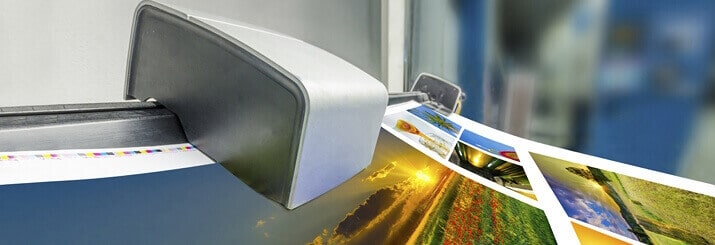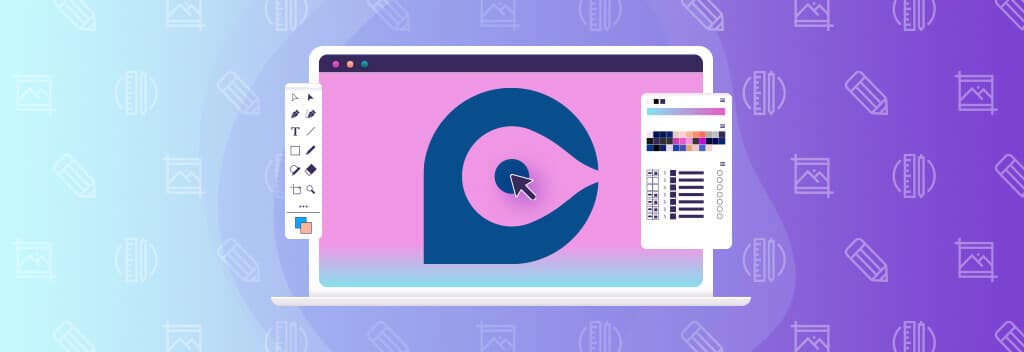One may think that a physical brochure isn’t necessary anymore in this digital era, but guess again. A professionally designed and printed brochure can be a vital lead-nurturing tool. When you meet someone face-to-face for the first time, whether it be at an event, tradeshow or an initial sales meeting, you take the time to learn about each other’s businesses. But what happens after you leave? A well-executed capabilities brochure will remind your prospect of the services you offer and, most importantly, what sets you apart from the competition.
In an initial contact, a brochure can be more effective than any other marketing asset because it’s immediate. Your prospect won’t necessarily take the time to visit your website after an initial meeting. Since the brochure is right in front of them, it will often intrigue them to learn more about your firm and then visit your website.
A professionally designed print brochure is especially important for service based, B2B industries. It builds credibility by conveying important messages about the value of your product or service. It helps to build your brand, and positions you as a legitimate business in the minds of prospects and customers.
To connect with readers, every brochure needs three essential design elements:
Attention-grabbing cover. Chances are your prospects have very short attention spans. If your brochure cover doesn’t immediately catch their eye and pique their interest, they won’t open and read the rest of the brochure. To get the attention of your target audience, combine a visually appealing design with an attention-grabbing headline that addresses a powerful benefit for your customers.
Compelling content. You care more about your business than your prospects do; they aren’t interested in a detailed history of your business. Instead, they want to know how your product or service can help them save time, lower costs, get more sales, or run their business more effectively. Focus your content on the problems and challenges your customers face and how you solve them better than your competitors. Use graphs, charts or images to help support your content, and convey your message more quickly.
Powerful call to action. The primary purpose of a brochure is to move people to the next phase of the sales cycle. Do you want them to visit your web site? Pick up the phone and call for a free estimate? Contact you via email to receive a downloadable white paper? A good call to action tells your readers exactly what you want them to do. It also stands out from the rest of the copy so that readers can’t miss it.
From a visual standpoint, a brochure needs to appeal to your specific audience. For example, if you serve a more conservative market, edgy or trendy design elements might look clever to you, but they don’t reflect the mindset of your readers.
At the same time, consider the image you want to project as a business. Most B2B firms use a matte finish on their brochures because it looks more distinguished and professional. Retail companies tend to use glossy finishes, as they make product pictures and images stand out more.
Your design and layout of inside pages should work well with the content. Use benefit-driven headers and sub-headers to catch the reader’s eye. Include plenty of white space to make the brochure easy to read.
Make sure the brochure’s visual elements — color, imagery, font, logo, etc. — align with and support your brand. Consistency of brand image is a key ingredient in earning your prospect’s trust.
Finally, never shy away from a professionally designed brochure because of cost. When done well, the return you receive will far outweigh the money you invest in growing your business.



